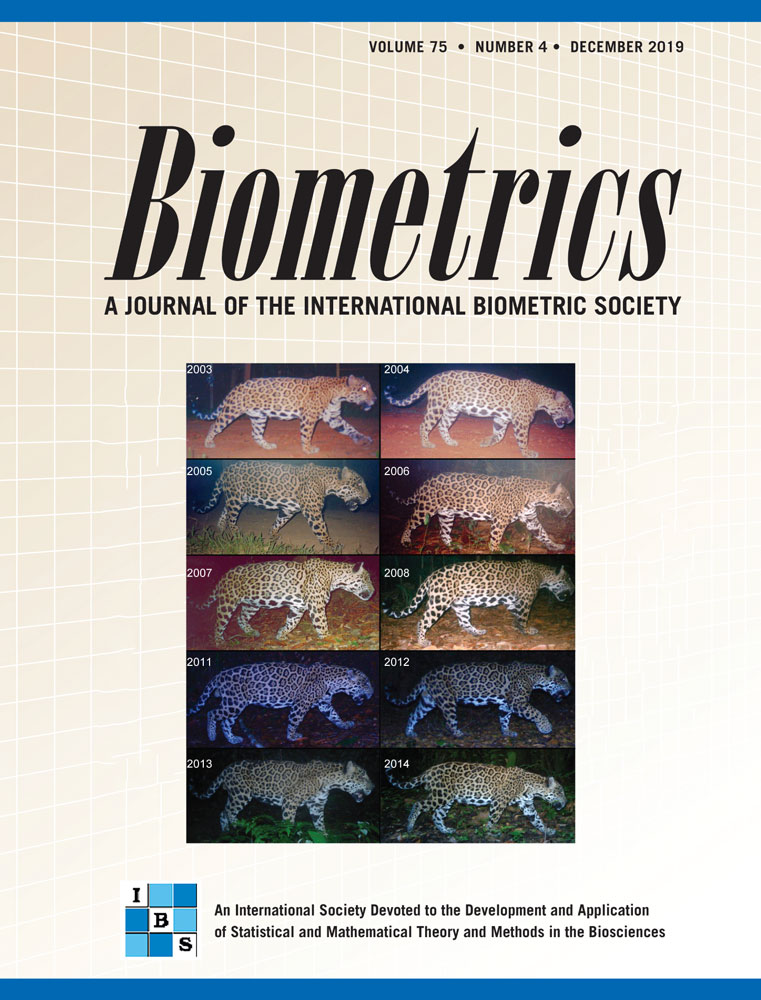On null hypotheses in survival analysis
Abstract
The conventional nonparametric tests in survival analysis, such as the log-rank test, assess the null hypothesis that the hazards are equal at all times. However, hazards are hard to interpret causally, and other null hypotheses are more relevant in many scenarios with survival outcomes. To allow for a wider range of null hypotheses, we present a generic approach to define test statistics. This approach utilizes the fact that a wide range of common parameters in survival analysis can be expressed as solutions of differential equations. Thereby, we can test hypotheses based on survival parameters that solve differential equations driven by cumulative hazards, and it is easy to implement the tests on a computer. We present simulations, suggesting that our tests perform well for several hypotheses in a range of scenarios. As an illustration, we apply our tests to evaluate the effect of adjuvant chemotherapies in patients with colon cancer, using data from a randomized controlled trial.




